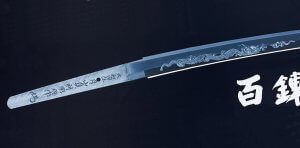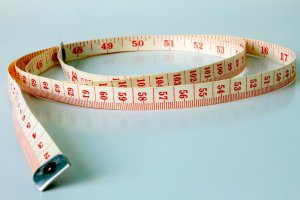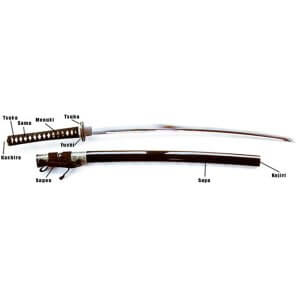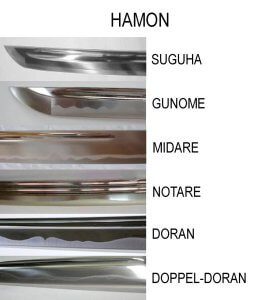
Iaito to start training - Our recommendations
Training swords in Japanese swordsmanship The Iaito has a firm place in Japanese martial arts. It is a training sword with a blade made of zinc-aluminium
In our Japan-Budo Wiki you will find useful information and specialised knowledge about Iaito, Nihonto and other products that you can buy in our online shop.
To keep things clear, we have divided the information into
Iaito: Here you will find information about the Japanese Iaito. The training sword used in the Japanese martial arts.
Nihonto: Here you will find information about the real Japanese sword, whether antique tachi or modern katana.
General information: Here you will find general information that does not belong to the previously mentioned categories. A typical example would be: "How do I find the right hakama size?"

Training swords in Japanese swordsmanship The Iaito has a firm place in Japanese martial arts. It is a training sword with a blade made of zinc-aluminium

Popular New Year's resolution: Becoming more relaxed in everyday life Today (at the time of writing this post) is 1 January, so we would like to take the opportunity to

Popular New Year's resolution: Do more sport Today (at the time of writing this post) is 1 January, so we would like to take the opportunity to

Gun laws are an important part of legislation in every country. They have a major influence on the conditions in every country. A typical counterexample to

Shaku (尺) and Sun (寸) Conversion to cm 1 Shaku = 30.3 cm 1 Sun= 3.03 cm Convert Japanese units of measurement to centimetres Shaku and Sun

Iaito and Nihonto terms The list of Japanese technical terms relating to swords is long. Too long to mention them all here. We keep it

What is the right length for my Iaito? Both a sword that is too short and a sword that is too long can hinder or prevent you from using it correctly.

Hakama are part of the traditional clothing in Japanese martial arts Hakama are traditionally worn in Japanese swordsmanship. Some schools do without them in daily training

The importance of certificates in the Nihonto world Origin of sword grading of historical swords from Japan The grading of swords in Japan, like sword making itself,

Epochs of Japanese history in relation to samurai and their swords The interesting history of the Japanese sword naturally also includes the general epochs of Japanese history.
